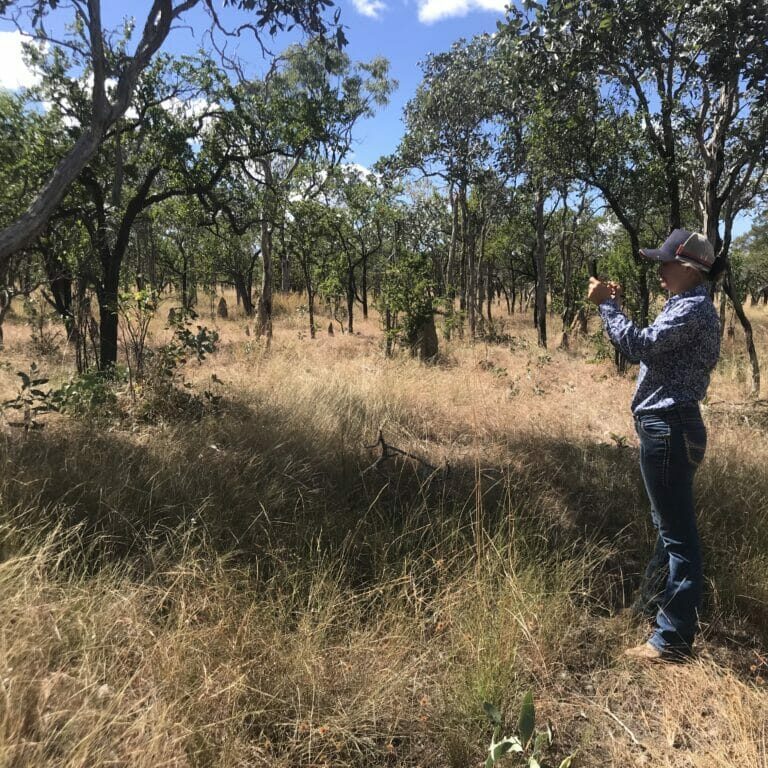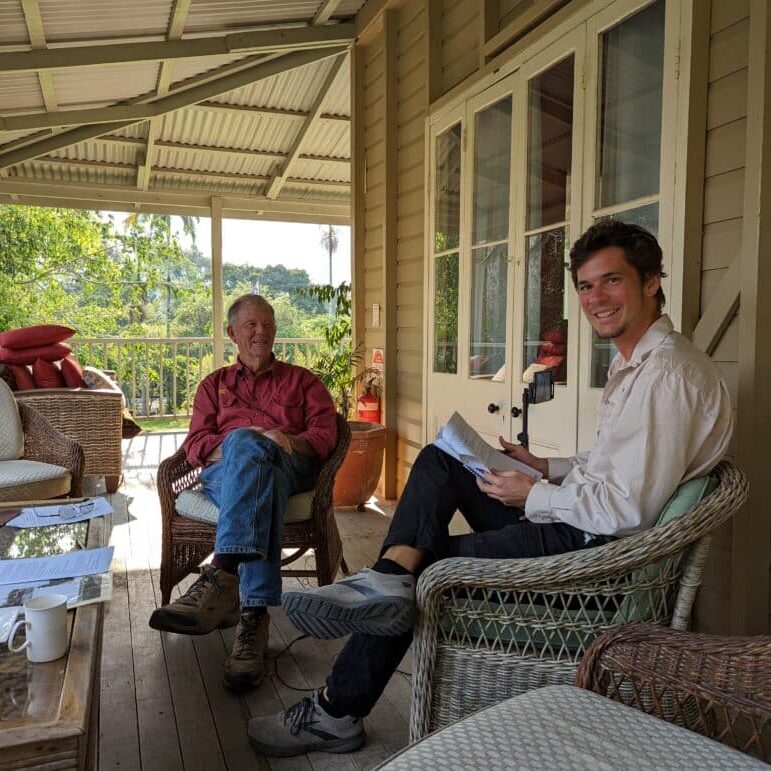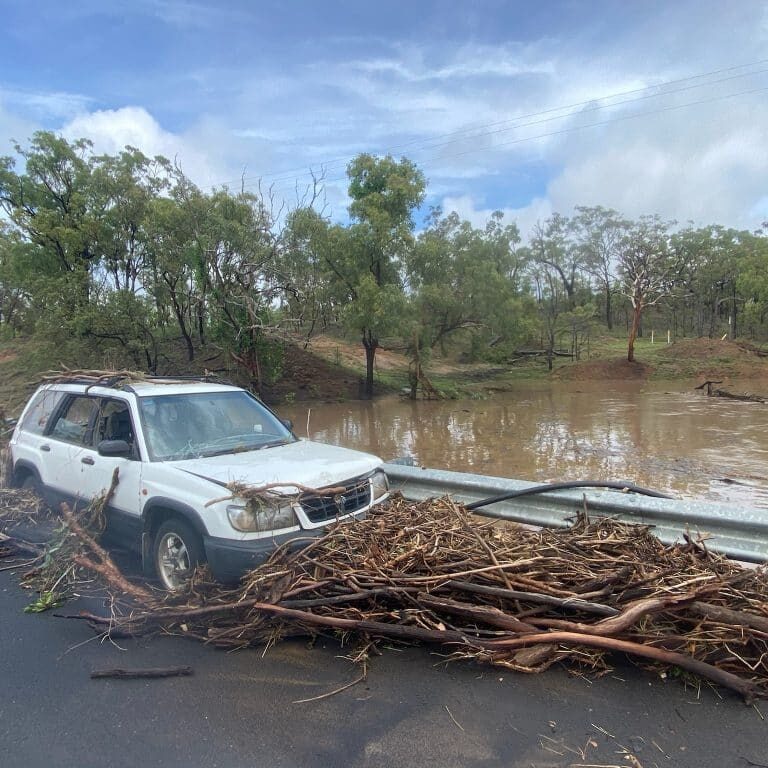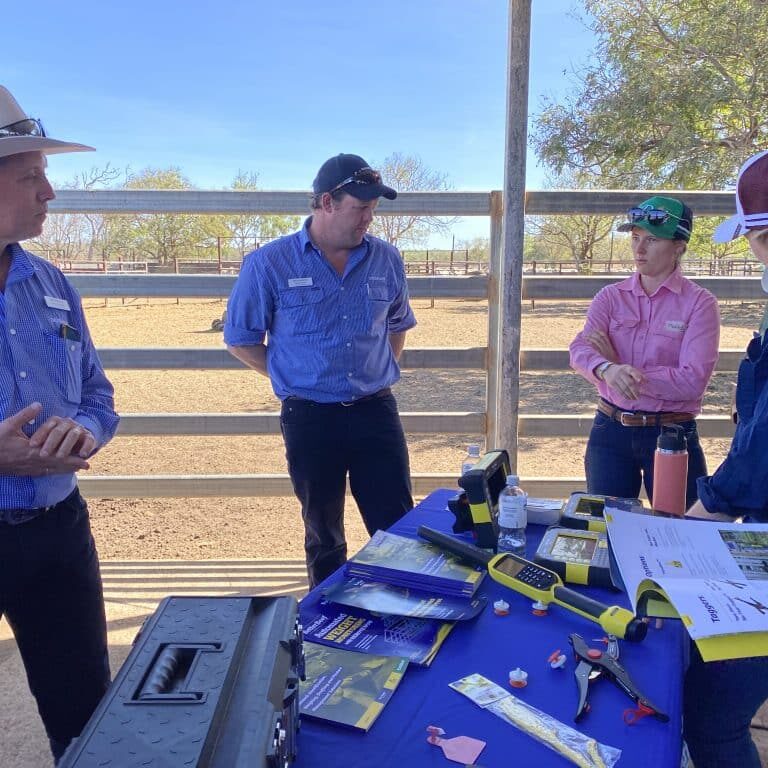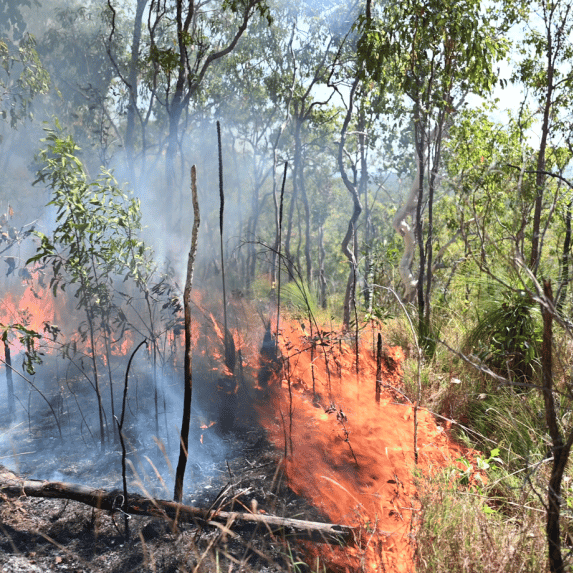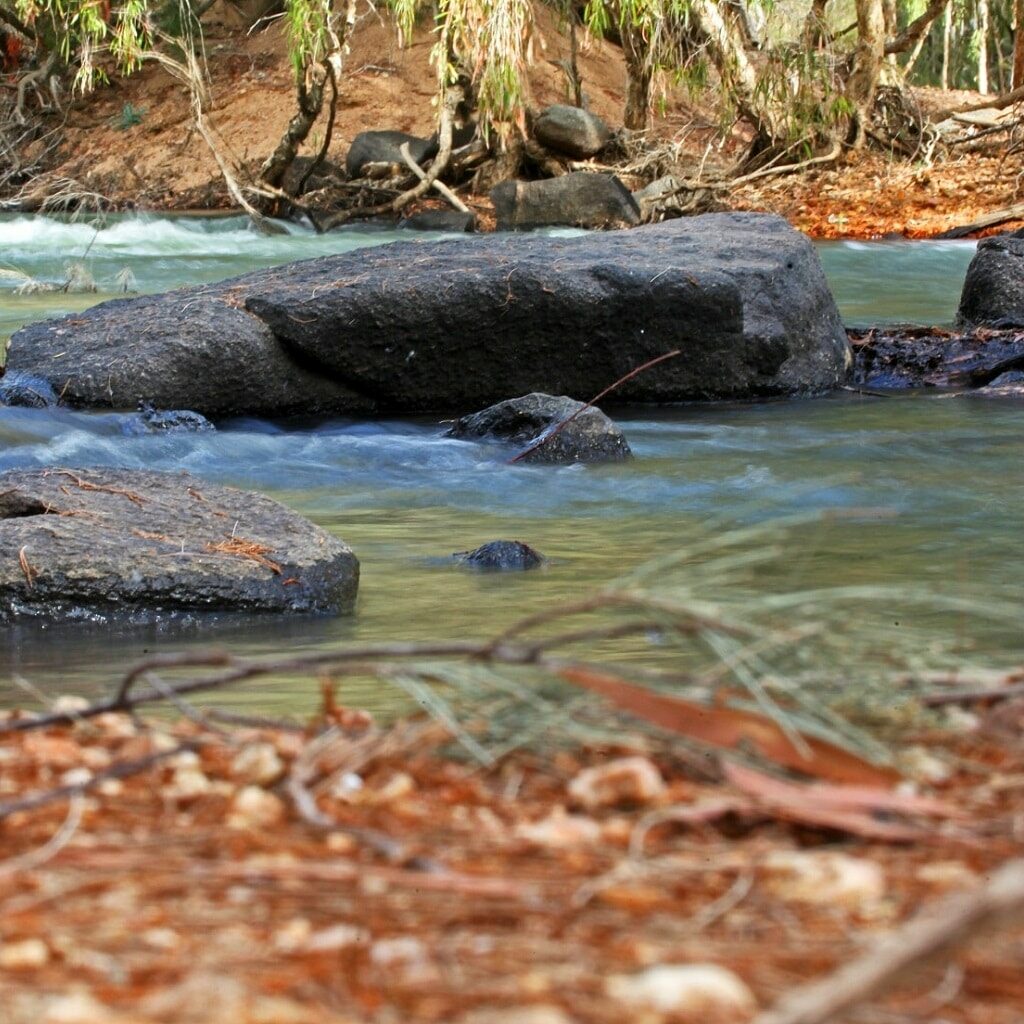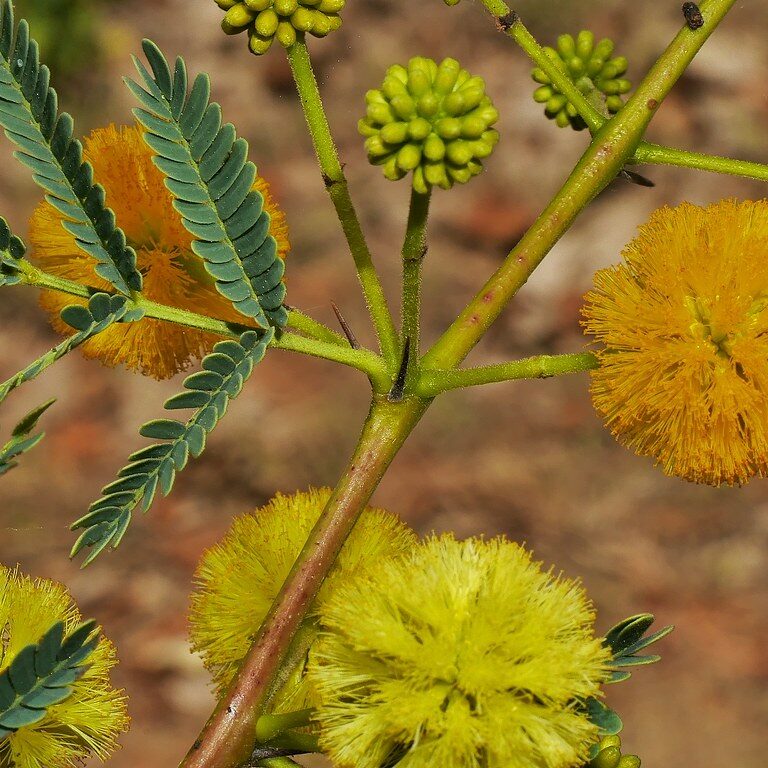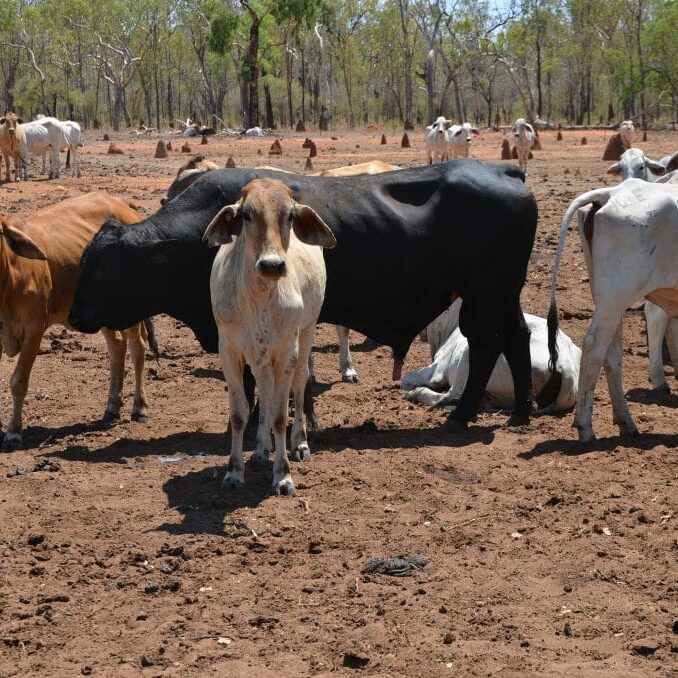WHAT WE DO
We work with the people and communities of the Gulf Savannah region to create opportunities for current and future generations. We deliver projects that cultivate living landscapes and support local livelihoods.
Gulf Savannah NRM is a non-profit company and a registered charity. Our projects help strengthen communities and industries, while taking care of our beautiful landscapes.
We deliver and support projects across the vast Gulf Savannah region, working closely with communities, Indigenous organisations, and all levels of government, to create a brighter future.
Our projects connect science, technology and landcare to improve productivity for farmers and graziers and address the challenges of life in our remote region. Natural resource management works where community, industry and environment meet.
Community
The Gulf Savannah is a region of widely dispersed towns and small, isolated communities. There’s limited communications infrastructure, so it’s a real challenge to stay connected and use technology to support agriculture and industry. We’re leading a multi-agency effort to improve digital connectivity and build capability across our region.
Our communities face significant challenges: isolation, severe weather, fire, and economic impacts on our main industries, grazing, agriculture and tourism. We work with people and communities to encourage connection, boost food security, promote fire safety, and build resilience.
About 25 per cent of people in the Gulf region identify as Indigenous. We work closely with Indigenous organisations and ranger groups on projects to help communities and care for Country.
Industry
Grazing beef cattle is the main industry in our region, based on broad-hectare pastoral leases across the vast, dry savannah country from the Palmer River catchment to the Claraville plains.
Agriculture, fishing and tourism are also significant industries in the Gulf region. Our projects work with industries and communities to improve soil health, promote regenerative farming practices, and attract bees and insects to help pollination.
environment
The Gulf Savannah region includes the winding rivers and wetlands of the Gulf of Carpentaria coast, the vast savannah woodlands stretching from the Gulf plains to the Einasleigh Uplands and the base of Cape York, and we have the biodiverse northern Tablelands, with its rainforests, woodlands and waterways.
Our projects address key environmental issues like preventing erosion, gully remediation, health of waterways and wetlands, control of weeds and invasive species, protection of threatened and endangered species.

